Plants or Crops
All Plants or Crops Content
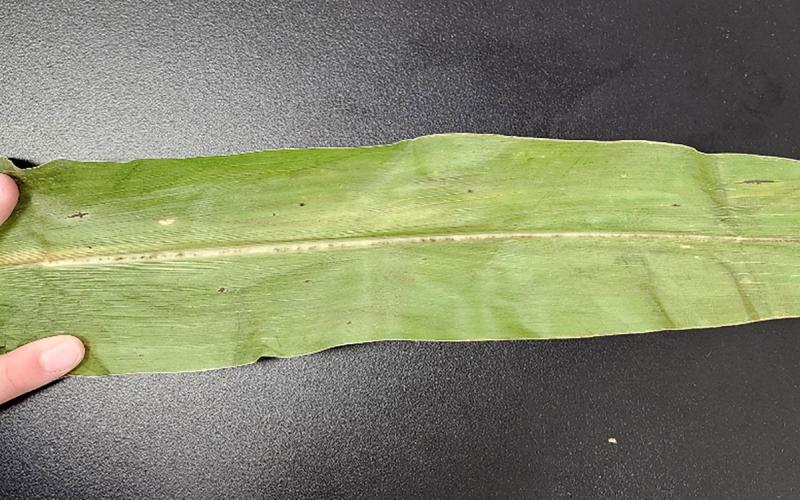
South Dakota Tar Spot Update: September 13, 2024
Tar spot was recently found in Turner, Clay, Union, Yankton, and Bon Homme Counties. Low levels of tar spot do not indicate a need to spray, but they do indicate that fields should be routinely scouted until harvest.

Insect Bioconversion: How to Compost With Black Soldier Flies
Much like composting, black soldier flies can be used in a rearing container to convert organic matter into nutrient-rich food, which can then be used in your garden. Learn how to construct a rearing container with this step-by-step guide!

Best Management Practices for Corn Silage Harvest
Ensiling involves many different components to ensure a successful harvest and high-quality, safe feedstuff. Learn some expert tips to consider when chopping and storing corn silage to maximize the value and quality of your harvest.
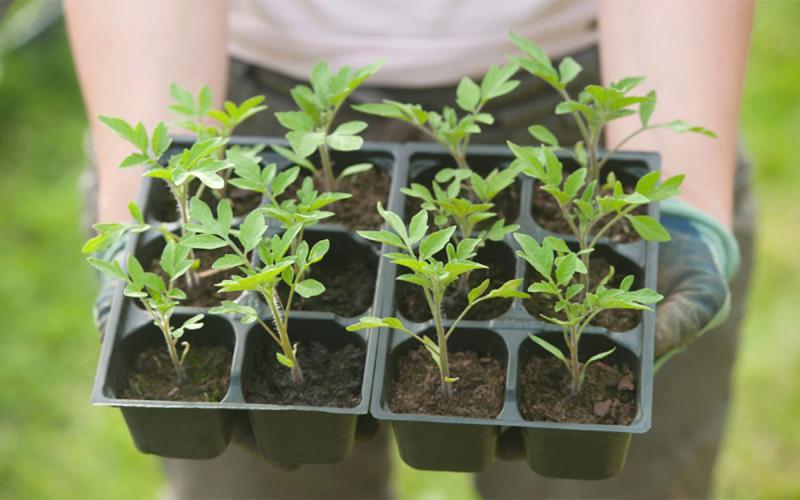
When Should I Plant My Warm-Season Vegetables?
Knowing when to plant warm-season vegetables can be a challenge in South Dakota when there are dramatic temperature swings each spring. Learn some expert tips for getting started!
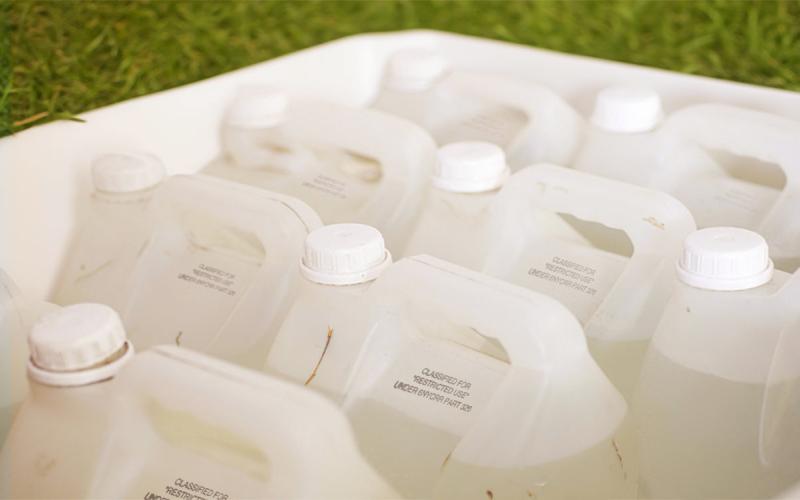
Managing Waste Pesticides: Restricted Use Pesticides
While pesticides are intended only to impact pests, they can have negative consequences on unintended targets, such as humans and wildlife, if not handled properly. Learn what steps you need to take to safely dispose of unused pesticides and comply with regulations.
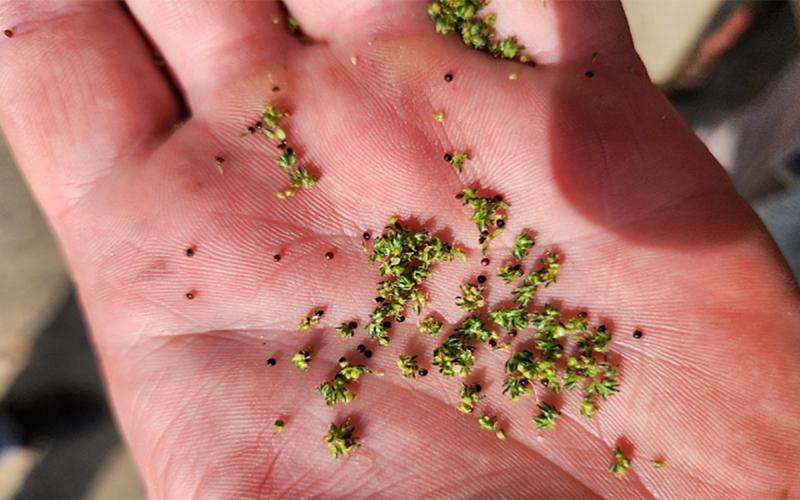
Isolated Female Waterhemp Plant Produced Seed: Implications that pollen is in the air
Recent observations by the SDSU Extension Weed Science team highlight that pollen can move far distances to pollinate isolated female plants. This reinforces the need to effectively manage weeds in fields and adjacent areas.

Fall-Applied Residual Herbicides
Many parts of South Dakota can experience dry conditions when residual herbicides are applied, resulting in inadequate weed control. In these areas, residual herbicides can be applied in the fall and take advantage of a longer period to receive activating precipitation.
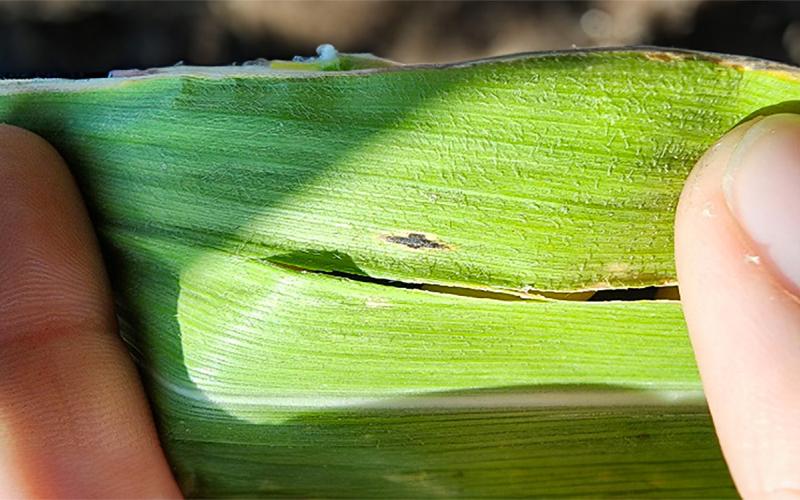
South Dakota Tar Spot Update: September 9, 2024
Tar spot is a potentially yield-impacting disease of corn, and it was recently found in plant samples from Minnehaha and Turner counties. Learn some expert tips for scouting and managing it this season.
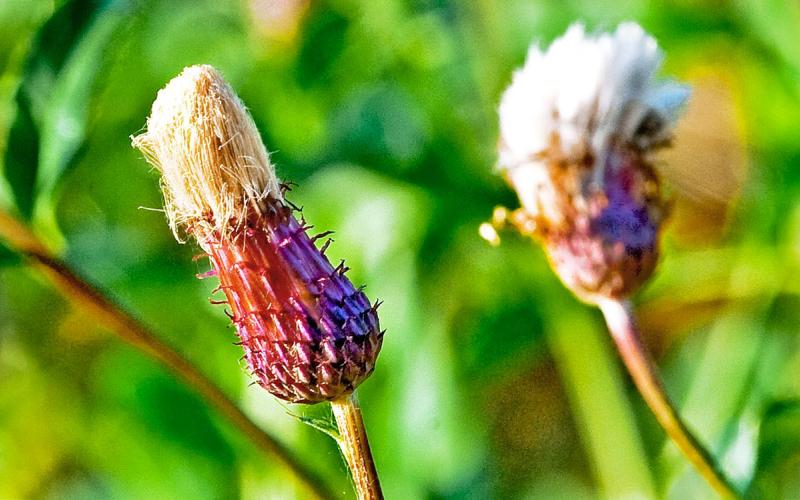
Perennial Weed Management in the Fall
Most herbicide applications to manage perennial weeds have already occurred. However, now is the time to consider fall applications for weeds that were not treated or escaped the spring application.

Sunflower Moths Causing Problems
While scouting late-planted sunflowers two weeks ago, there were increased observations of sunflower moth caterpillars in the heads that were later than the rest of the field. Sunflower moths are best managed as moths or early instar larvae.